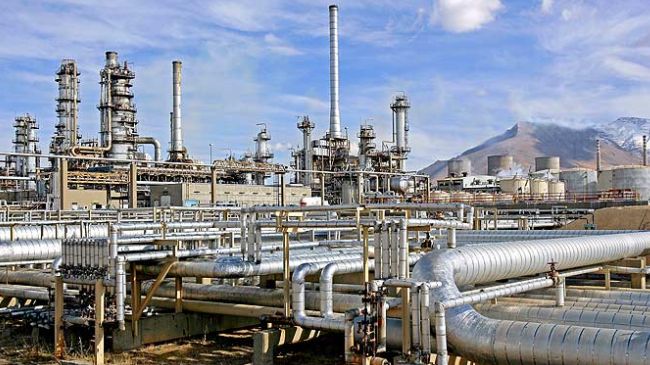Corrosion behavior of nickel based alloys in industrial acidic media
Nitric Acid (HNO3)
Chromium is a major alloying element for corrosion resistance in HNO3 conditions because it quickly develops a passive layer in these conditions. So alloys containing higher chromium content offer better performance in HNO3. In these conditions, the high chromium alloys offer the highest corrosion resistance. Molybdenum normally reduces corrosion resistance in nitric acid. For example Hastelloy C22 containing 13% molybdenum is less corrosive than Hastelloy G3 containing only 7% molybdenum. In pure nitric acid, stainless steels comprising of chromium as well as silicon offer greater performance. For its oxidizing nature, nitric acid is extremely severe for nickel-molybdneum alloys. The performance of NiMO alloys in HNO3 seems to be based on their microstructure and composition. Cast Hastelloys that comprise of double phases nickel-silicon solid solution and eutectic do not offer good resistance to all concentration levels of nitric acid.
Phosphoric Acid (H3PO4)
This acid is received by two different route. Wet process acid is received by reacting phosphate rock with concentrated sulfuric acid and concentrating the resulting dilute acid by evaporation. The phosphoric acid is received by calcining the phosphate rock to develop elemental phosphorous which is then oxidizing and reacted with water to develop H3PO4. This acid is extremely pure and is used as reagent grade. The wet process acid is used to produce phosphatic fertilizers and often contains various contaminants like HF, H2SO4 and SiO2. The concentration of these contaminants is based on the rock source, reaction process with sulfuric acid and stage of concentration of phosphoric acid.
The corrosion performances of different alloys in pure and wet process acids are performed. It is interesting to see the variation in corrosion rate of same alloy in wet process acid from two different producers. Due to these differences, it is essential that any comparison between alloys in this type of acid be made from tests performed in the same group of acid from the same source. It can also be observed that the wet process acid can be more corrosive than the reagent grade acid. It is found that in wet process acid a high chromium concentration for example an alloy G30 is advantageous. Additionally, chlorine content is inevitably present in these acids. So molybdenum and tungsten inclusions are recommended.
Incoloy 825 offered the highest corrosion resistance in dilute H3PO4 process solutions. In very high concentration H3PO4 at high temperatures, Hastelloy B2 shows the excellent resistance. The corrosion resistance in these acids is likely to be based on molybdenum concentration.
Hydrochloric acid (HCl)
Commercially pure nickel and Nickel-copper alloy Monel 400 bar offer good resistance at room temperature in air-free HCl concentrations about 10%. For less acid concentration than 0.5%, these alloys are found to be used at temperatures up to 200oC or 390oF. Oxidizing agents like cupric, ferric and chromae ions increase the corrosion rate significantly.


